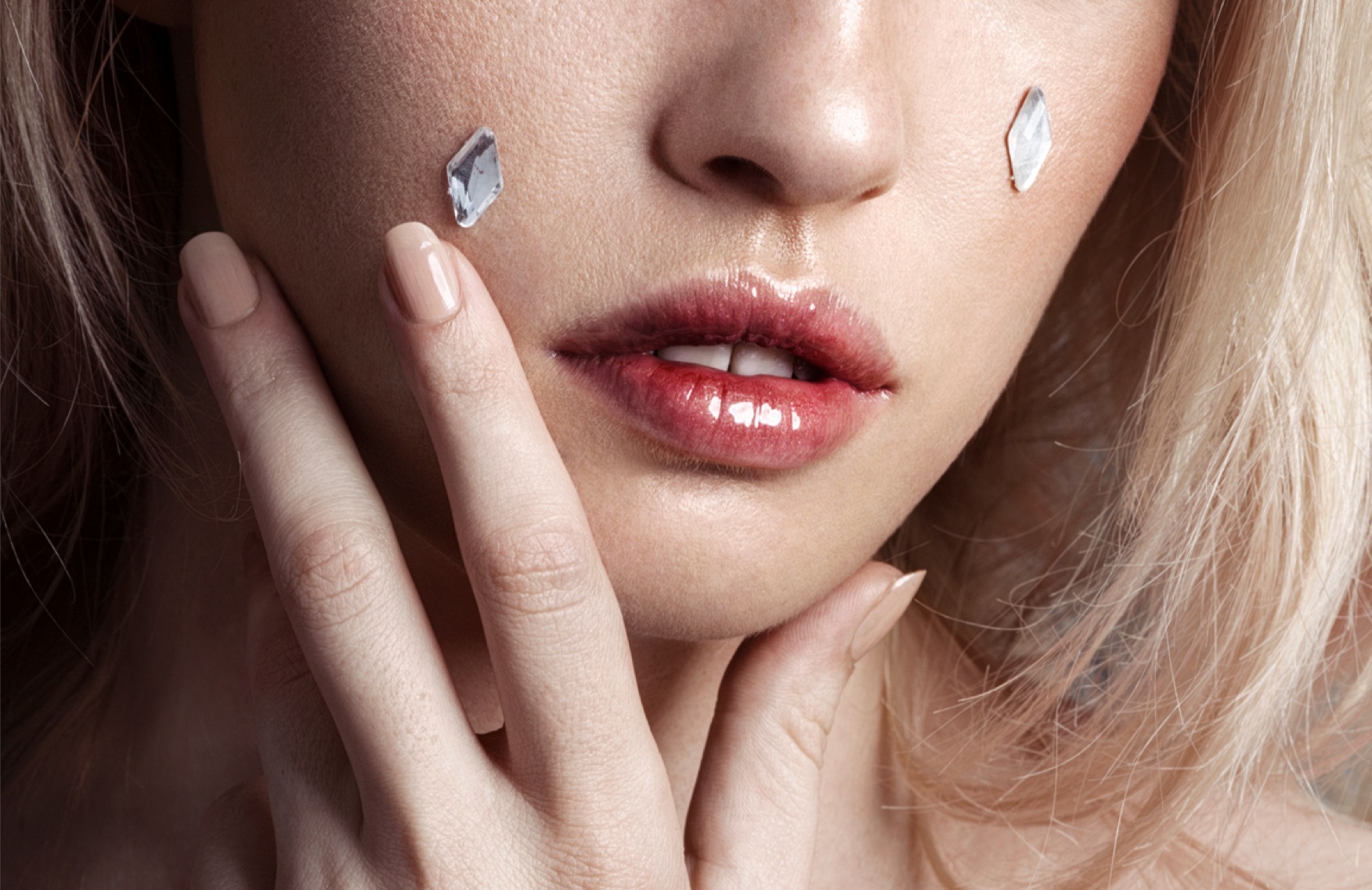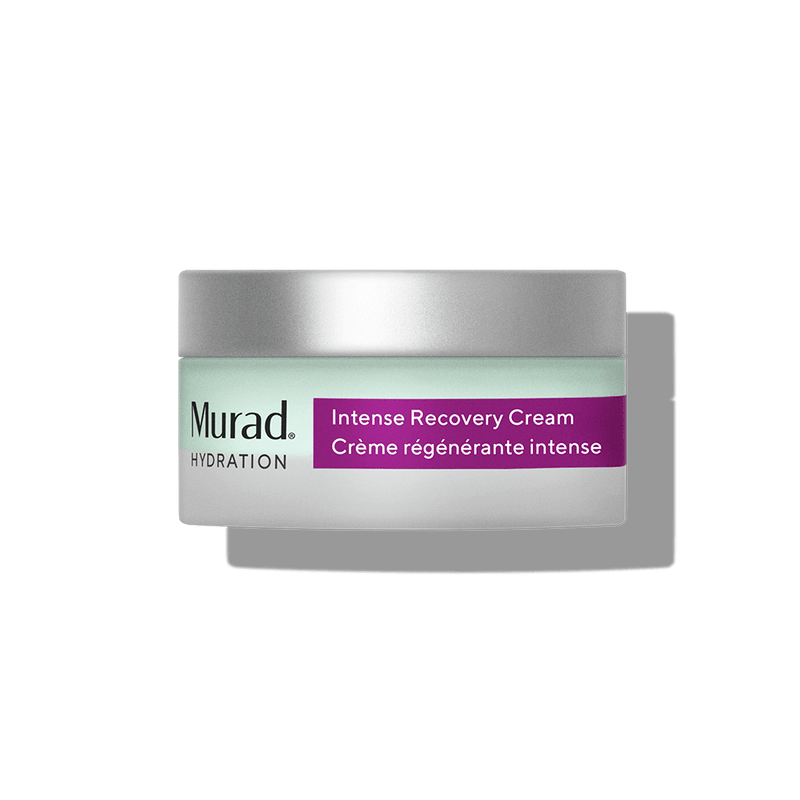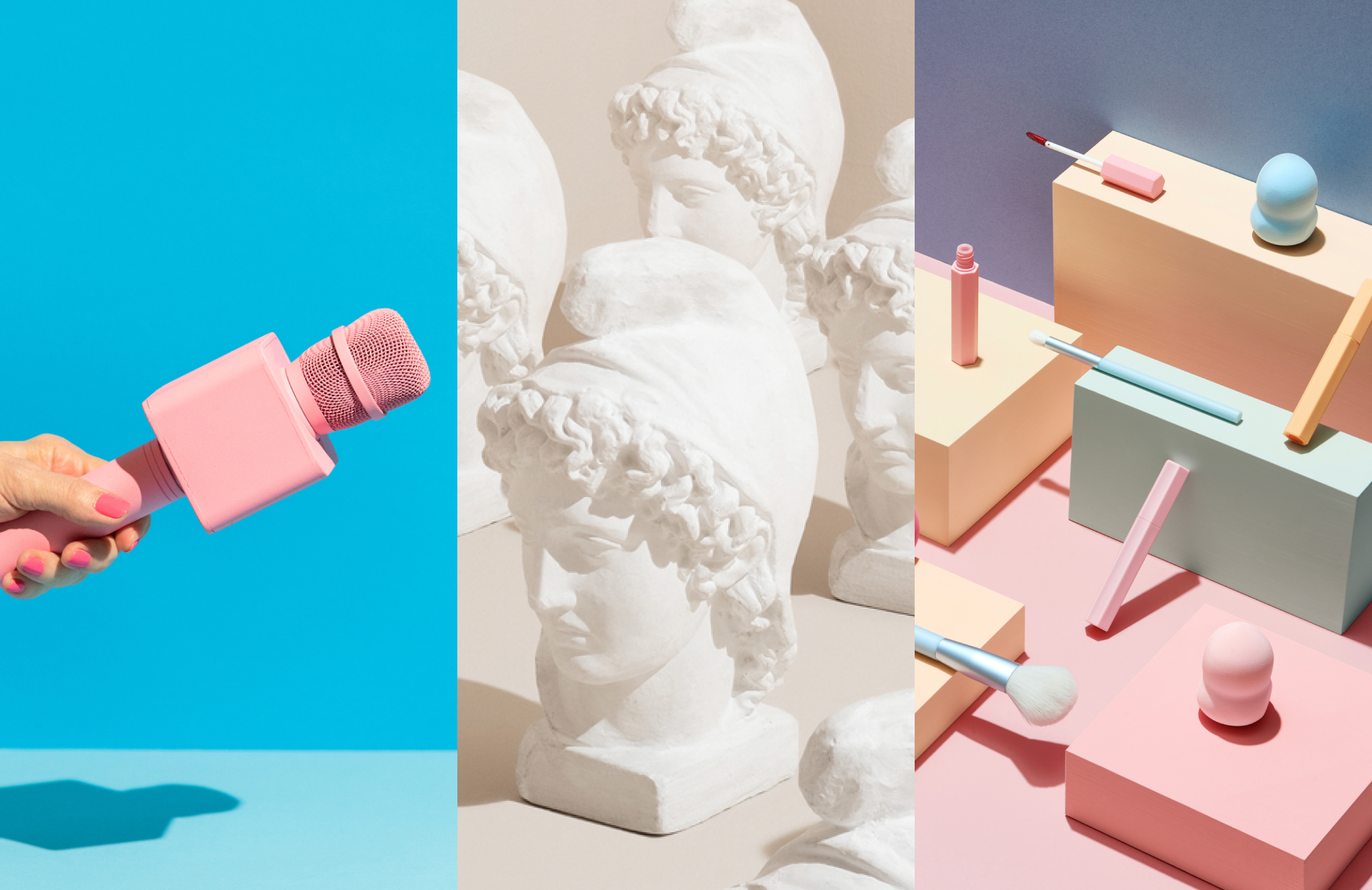Want to relieve stress ASAP? Bring on the water works

In some cultures, like in Japan, crying may be looked down upon as a weakness. However, crying could very well be cathartic, and has even been proven as a way to relieve stress. But what happens when, culturally, you’re taught not to cry? That’s where crying therapist Hidefumi Yoshida comes in. The self-proclaimed “Tears Teacher” is here to help you cry and explains why it’s important and healthy to shed some tears.
A literal sob story
“My job is to make people cry and help them relieve stress,” says Yoshida, who describes himself as a “tears teacher” or “crying therapist.” For the past 11 years, Yoshida has traveled across Japan to teach people to cry. He has since made about 60,000 people cry (and counting).
Working as a high school teacher, he encountered students who would get upset but not cry and would continually come to him for guidance, while the students who would get upset and cry would not return. He noticed the pattern of how crying was cathartic for those students who let out their emotions. He began hosting crying events and he once had an owner of a company attend and then hire him to make his employees cry. Gradually, the popularity of his crying conferences grew and he switched careers, becoming a “Tears Teacher” and the subject of a 2020 11-minute documentary with the same name.
The culture of crying
Studies have found that in East-Asian cultures, such as Japanese, suppressing one’s emotions is more common than other cultures. The cultural differences between countries and how open they are to crying is more about differences in freedom of expression versus differences in levels of distress. In Japan, Yoshida, notes, a Stress Check Program was established by the Japanese government in 2015. This law requires businesses with more than 50 employees to perform stress checks at the workplace for their employees.
Japan’s Ministry of Economy, Trade and Industry also established the “Health Management Excellent Corporation Certification System” in 2016, he adds. “Health management” is one of the management strategies for the sustainable growth of a company, [which includes a focus on mental health].” Last year, Yoshida was invited to about 80 companies to hold crying seminars.
Want to relieve stress? Join the crying club
“There are five methods I use to make people cry,” Yoshida says. “The first is to ask the clients to watch multiple crying videos for about 3 minutes. The second is to make the clients cry by reading a [sad] picture book. Third, I read a letter aloud that makes the clients cry. Fourth, I show a picture and have the clients cry by imagining the picture. Fifth, we ask the clients to create and individually present stories that make them cry.” He now has a school that trains crying therapists. Today, there are about 300 crying therapists in Japan, each of them, he notes, has their own “crying clubs” throughout the country.
It’s best to cry every day, Yoshida says. “But even at a pace of about once a week, people can learn to lead a stress-free life if they shed tears. If people can shed a single tear, the stress-relieving effects last a week.” He proved this with his team who conducted an experiment by placing subjects under stress and measuring cortisol levels before and after crying.
“First, we asked the subject to do something stressful, like untie loose yarn or transfer soybeans in a small plate to another plate using chopsticks. When stressed, saliva secretes a stress hormone substance called cortisol. The level of cortisol detected during this task was very high. After they cried, the number went down and the result was that the rise in cortisol was suppressed for a week,” he says.
Additional benefits of crying
Yoshida explains that when people cry, their parasympathetic nervous system takes over and puts them in a more relaxed state. On the other hand, when the sympathetic system is dominating it promotes tension and excitement. “The sympathetic [nervous system] is the nerve that works when the body is moving, tense or under stress. The parasympathetic [nervous system], on the other hand, works to restore strength when sleeping or relaxing,” he explains.
But not all crying is equal. The harder you cry, he says, the more beneficial. “The stress relief that you get is not the tears that flow (like when chopping up onions) but the ones that flow when you are sad or emotional,” Yoshida says.
“Shedding tears not only relieves stress, but also boosts immunity,” he adds. “When crying, the lymphocytes that affect immunity are activated, and the virus that causes disease is repelled from inside the body,” he notes. Crying strengthens the immune system and helps to protect the body from viruses and infectious diseases. “I have a client who has been cured of depression,” Yoshida says. “Stress is a root of illness. Crying relieves stress and makes you less likely to get sick.”
The views expressed in this article do not necessarily represent the views of Murad, and are for informational purposes only, even if the advice of physicians and medical practitioners are included. This article is not a substitute for professional medical advice, diagnosis or treatment, and should not be considered specific medical advice.
References for this information:
Frontiers in Psychology, 2020, volume 11
Sage Publications Website, Culture and Crying
Journal of Occupational Health, 2016, volume 58, issue 1
Health Psychology, 2012, volume 31, issue 5, pages 640-649






